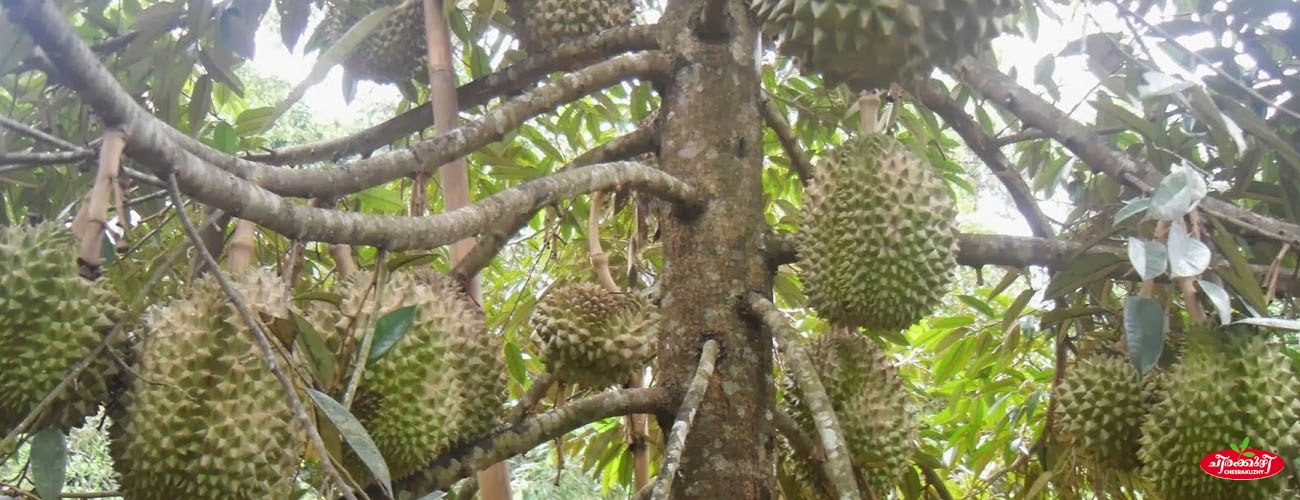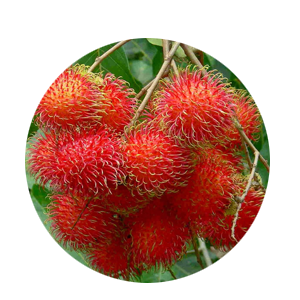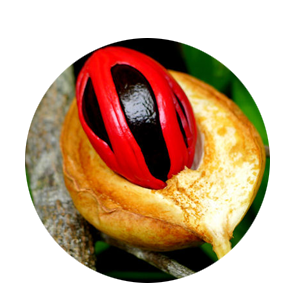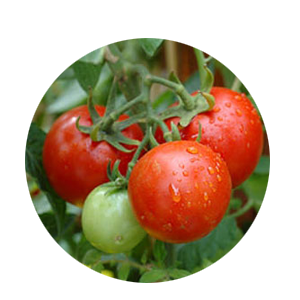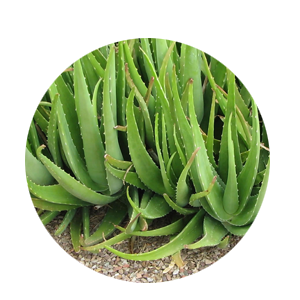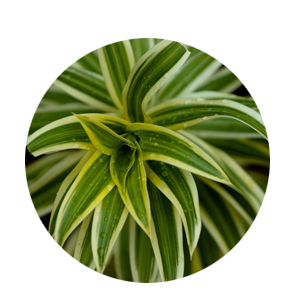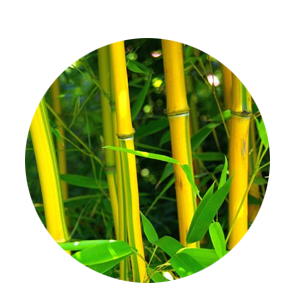Durian - Mon Thong - Budded - (8x10 bag)

Item Description
GENERAL INFORMATION ABOUT DURIAN FRUIT The durian(Durio zibethinus ) is the fruit of several tree species belonging to the genus Durio. The name "durian" is derived from the Malay-Indonesian languages word for duri or "spike", a reference to the numerous spike protuberances of the fruit, together with the noun-building suffix -an. The durian fruits are ovoid to ellipsoid, large, weighing up to 5 kg with thorny surface like jack and normally olive green in color. People have strong like or dislike for this fruit. Many like it, because of its sweet, delicious and filling taste, while others dislike it for its highly objectionable odour. The penetrating odour is comparable to that of rotten onion ad is unacceptable to many. However, once the odour barrier is overcome by a strong determination, the experience of eating a good durian is never forgotten. Durian seeds are small, round to oval shape kernels and appear like that of jackfruit seeds. Although boiled seeds can be eaten safely, many discard them. The seeds feature a bland taste akin to jackfruit seeds. HEALTH BENEFITS OF DURIAN FRUIT The fruit boasts a good amount of minerals such as manganese, copper, iron, and magnesium. It also contains potassium and the essential amino acid tryptophan, which the body converts in two chemical steps to serotonin and may help in the treatment of depression. Durian is also considered an excellent source of B vitamins, including niacin, riboflavin, B5, B6, and thiamin. These are essential vitamins, meaning you have to replenish them in your body through external sources Some Health Benefits of Durian Fruit 1.Increases Immunity 2.Alleviates Anemia 3.Bone Health 4.Improves Sleep & allays Depression 5.Maintains Blood Pressure 6.Fights Cancer 7.Improves Digestion 8.Weight Loss 9.Aging of the Skin 10.Increases and encourages fertility
Maintanance, Disease Management And Yielding
MAINTANACE OF THE PLANTATION Once a plantation has been established, the work should not be considered finished. It will be necessary, for example, to protect the plantation against weather, fire, insects and fungi, and animals. A variety of cultural treatments also may be required to meet the purpose of the plantation. FERTILIZING Newly planted trees should be fertilized lightly once or twice during the first year, then about 3 to 4 times a year after that. A packaged citrus fertilizer or other common mixes include 6-6-6-2 or 8-3-9-2 WATERING AND WEED CONTROL Young durian trees should be watered regularly until fully established. In dry western climates, water mature trees deeply at least every one or two weeks. Desert gardeners may have to water more frequently. Mulch the soil around the trees to conserve moisture. Weeding is also very important. Remove all weeds 1.5 meter around the plant. PRUNING AND SHAPE OF TREE Proper pruning is one of the least considered activities but should be made an integral practice in growing durian. Formative pruning is practiced during the first years following planting. This is done by removing excess trunks, upright branches and watershoots, as well as thinning of the horizontal branches. Only a single trunk should be allowed to develop. Removal of excess branches will favor maximum penetration of sunlight and promote air circulation. PEST & DISEASE DURIAN FRUIT TREES Every fruit tree has the future potential for disease and insect damage. Factors such as location and weather will play a part in which issues your tree encounters. If available, disease-resistant trees are the best option for easy care; and for all trees, proper maintenance (such as watering, fertilizing, pruning, spraying, weeding, and fall cleanup) can help keep most insects and diseases at bay. HARVESTING YOUR DURIAN FRUIT Durian approximately 125-135 days after flower bloom, type chanee approximately 110-116 days after anthesis. Durian fruit ripeness perfect experience 4 months after anthesis. Left quotation based on physical signs, such as tip spines dark brown, the lines more clearly between the thorns, the fruit stalks are soft and easily bent, the joints swell the fruit stalk, smells wonderful. How to harvest by picking the fruit on the tree or cut with a knife. The part that is cut is the fruit stalk near the base of the stem and try the durian is not until the fall due to reduced fruit quality.
- Plant Climate : Sub Tropical, Normal, Cool, Tropical
- Plant Height : 1-2 feet
- Plant Weight : 3.5kg
- Plant Polybagsize : 8x10
Related Images
- Botanical Name : Durio Zibethinus
- Malayalam Name : Durian
- English Name : Durian
The fruit rich in nutrients
Planting Instructions
PLANT THE RIGHT TREE AT RIGHT PLACE Growing space both above and below ground should be considered when selecting a tree to plant. Too often allowances are not made for the increased size of the tree when it matures. Most problems can be avoided by selecting the proper tree species for the available planting space. GENERAL TIPS 1. Plant at least 3 meter from main overhead utility wires on street or to your home. 2. Plant at least 3 meter from a building. 3. Plant at least 1 meter from sidewalks, driveways, patios and fences. 4. Plant at least 6 meter from other large trees. 5. Plant at least 3 meter from small trees. 6. Prioritize your tree planting with the sun’s direction to maximize shade by planting on the southwestern and western sides of your home BASIC PARAMETERS TO PLANT DURIAN FRUIT TREE 1.Soil :Trees of durian grow on different types of soils with 5-6.5 p H, provided they are moist, well aerated and rich in organic matter. Deep silt or loams with good drainage and high level of fertility are ideal foe its cultivation. 2. Planting Distance : Planting can be taken up at 10-12 m spacing on the square system. For Commercial Plantation :-The planting distance for fence/ hedge should be 1-1.5 m, requiring 300-400 plants for planting along the boundary of one hectare field. If an exclusive planting is to be raised, a planting distance of 2 m x 2 m should be enough. For Home Garden: -In a home garden generally we are planting one or two an durian trees along with other species of fruit plants. So it is better to keep minimum 3 meter distance from other plants to plant an durian tree. 3. Pit size : Minimum 60cm width X 60cm Breadth X 60cm depth 4. Sunlight : 100% sunlight is best but can grow up to 50 % shade 5. Watering: During dry weather, initially water the plant once in two days and after one month of planting water every 7 to 10 days during the first year. TEN TIPS FOR PLANTING DURIAN FRUIT TREE 1. Dig a hole/pit 3 to 4 times wider than the container (Normally 60cm X 60cm X 60cm is recommended). Fill the pit with top fertile soil to allow for proper root growth. Avoid clay type soil to refill the pit. 2. Add 250 gm Rock Phosphate or Born Meal and 3 to 5 kg Cow dung or compost in the top soil of the pit and mix it thoroughly (Thorough mixing of manure with soil is very important because direct contact of manure with the roots of the plant will cause the damage of roots and plant). 3. Make a small hole in the pit and carefully remove the plant from the container/pot or poly bag keeping the soil around the roots intact. Don‘t yank the plant out of the pot or poly bag as this can separate the roots from the tree. Poly bags can be easily removed by cutting it by a knife and pots can be removed easily by hitting slightly at the top edge of the pot. 4. Set the plant in the middle of the hole. Avoid planting the tree too deep. Keep the base of the trunk is slightly above ground level. Using some soil, secure the tree in a straight position, then fill and firmly pack the hole with the original soil, making sure there aren‘t any air pockets. 5. If the plant is Grafted or Budded make sure the grafted or budded portion of the plant is above the soil. Do not allow to touch the grafted or budded portion in the soil as it burns the skin of the plant. 6. Create a water-holding basin around the pit and give the plant a good watering. After the water has soaked in, spread protective mulch 2–4 inches deep in a 3-foot diameter area around the base of the tree, but not touching the trunk. Also provide a stich as a support for the plant, if needed. 7. The soil and mulch around your plant should be kept moist but not soggy. During dry weather, initially water the plant once in two days and after one month of planting water every 7 to 10 days during the first year. 8. Remove any tags and labels from the tree as these will affect the tree as it grows. You may need to prune any broken or dead branches. For Budded or Grafted plants it is very important that do not allow the growth of off shoots under the grafted/budded portion. Allow the growth of budded/grafted scions only. 9. Do not use chemical fertilizer or any other chemicals on your newly planted trees. Such products will kill your young trees. If needed you can add chemical fertilizers in small quantity (generally below 100gm) after two to three months of planting with sufficient irrigation. 10. Do not over water or allow rain water so much that you see standing water in the pit area of the plant. It will damage the plants roots and results the die of your plant.

